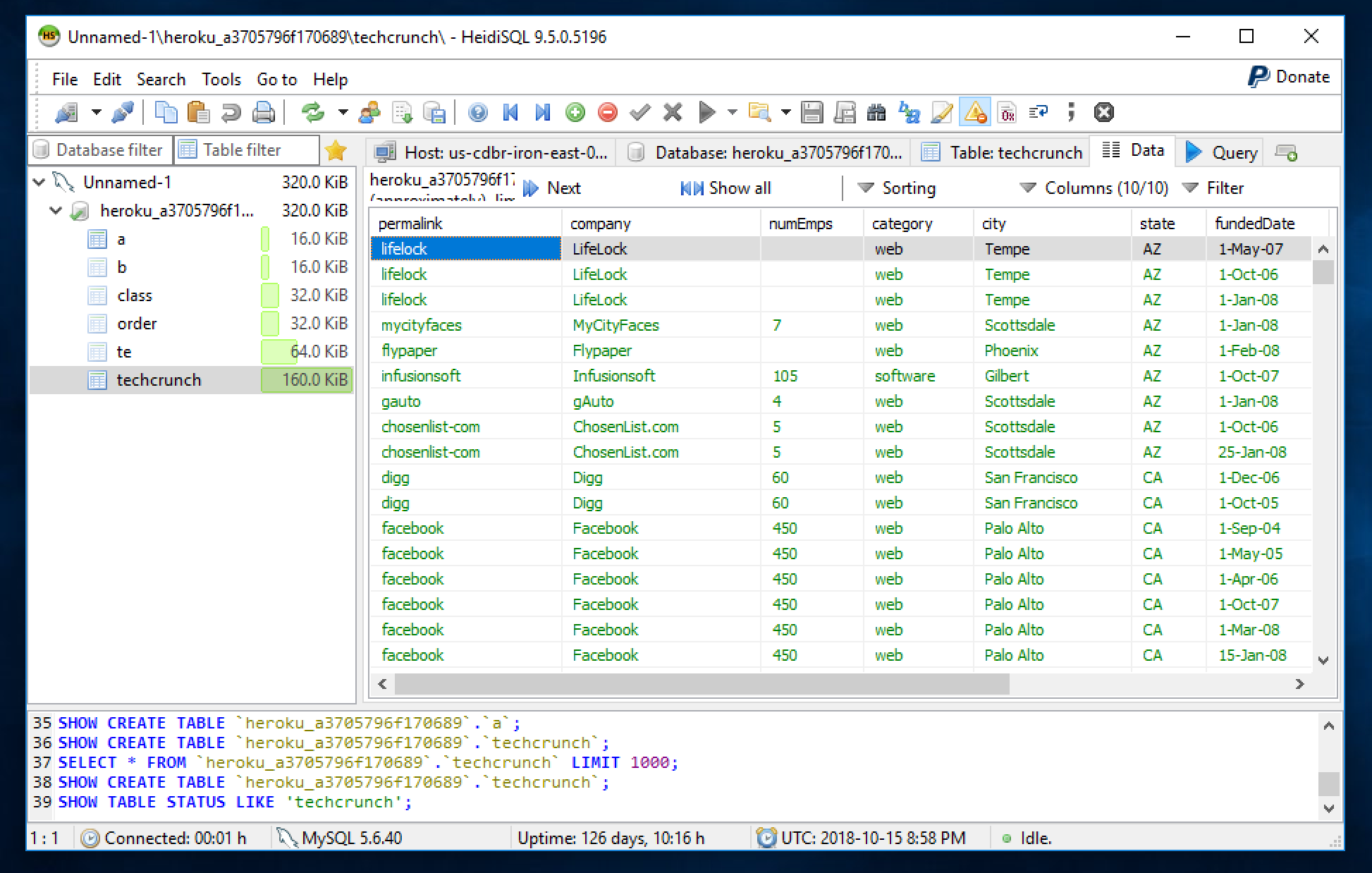

Step value other than 1: Now, suppose we have to print all the even numbers from 11 to 30. Now, to print the values, we will have to write the select statement in the following way –

RAISE NOTICE 'My Current Value is = %', sampleCounter Īfter running the above function, it will give the following: Let us see an example where the numbers will print in the decreasing order from the number which is passed to function until 1.ĬREATE OR REPLACE FUNCTION reverseExample(int) RETURNS void AS $$įOR sampleCounter IN REVERSE passedValue.1 This functionality can be brought simply by specifying REVERSE after a counter variable is declared in for statement. Reverse Order Looping: In this, we will see where our counter will decrement in value whenever it will iterate in the for loop instead of incrementing. The for loop iterates 10 times to print any table. Hence for printing the table of 5, the 5 number is multiplied by 1,2 and so on till 10, and a notice is displayed to print the table on the console. Now, to print the table, we will have to call the function displayTable() in the following way: So, after copying and pasting the above function in your psql command prompt, a function named displayTable will be created if CREATE FUNCTION is displayed at the end. Let us begin to be creating our function.ĬREATE OR REPLACE FUNCTION displayTable(int) RETURNS void AS $$ Let us first consider a simple example of printing the table of a particular integer that we pass to our function. Doing so will result in wastage of CPU memory and execution and sometimes may crash the system.Įxamples to Implement in PostgreSQL For Loopīelow are some examples of PostgreSQL For Loop: Example #1 It is necessary to define the range such that the looping should come to a halt and not iterate infinitely. The for loop can be placed inside a certain function’s body, and this function can be called whenever we have to execute the for loop defined by us. REVERSE is the optional parameter which, when specified, the counting variable will be decremented while iterating instead of incrementing each time the iteration is done. The statements that we want to execute on a repetitive basis are included in the section, and END LOOP marks the ending of the for loop working.

And the LOOP keyword marks the beginning of the for loop’s body that will be executed each time the loop will be iterated. The step value is the stepping amount that specifies how much value is to be skipped from the start value till the end value while iterating. This counting variable has START VALUE and an END VALUE as its range for which it will iterate. It can be declared in the for loop statement itself. įor loop contains a counting variable which is not necessary to declare outside the for a loop. Other than this, you should be aware of the arrays in PostgreSQL.įOR IN. To understand the examples, you need to have basic knowledge of PostgreSQL functions and CRUD operation statements like SELECT, UPDATE, INSERT and DELETE. Another type of looping statement is the loop, and the last one is the while loop. We can use a plain loop with the EXIT WHEN statement to stop looping. In PostgreSQL, we have various types of looping facilities. Select 'Next' to check the output folder.Hadoop, Data Science, Statistics & others Types of Loops Add a PostgreSQL client in a 'Client configuration'. Right click on a DB name, select 'Tools' → 'Backup'.
#Dbeaver postgresql password
'Database': DB name. Obtain username and password from an administrator or one of the backend developers.

Right click and choose 'Create' → 'Server'.Given a URL that looks like jdbc:postgresql://30.30.XX.XXX/stakeholder_temp, note that 30.30.XX.XXX is the database IP and the last part ('stakeholder_temp') is a DB name Pg_dump -Fc dbname | split -b 1G - filename # pg_dump dbname | split -b 1G - filename # e.g.2 - # split file after 1G with -FC


 0 kommentar(er)
0 kommentar(er)
